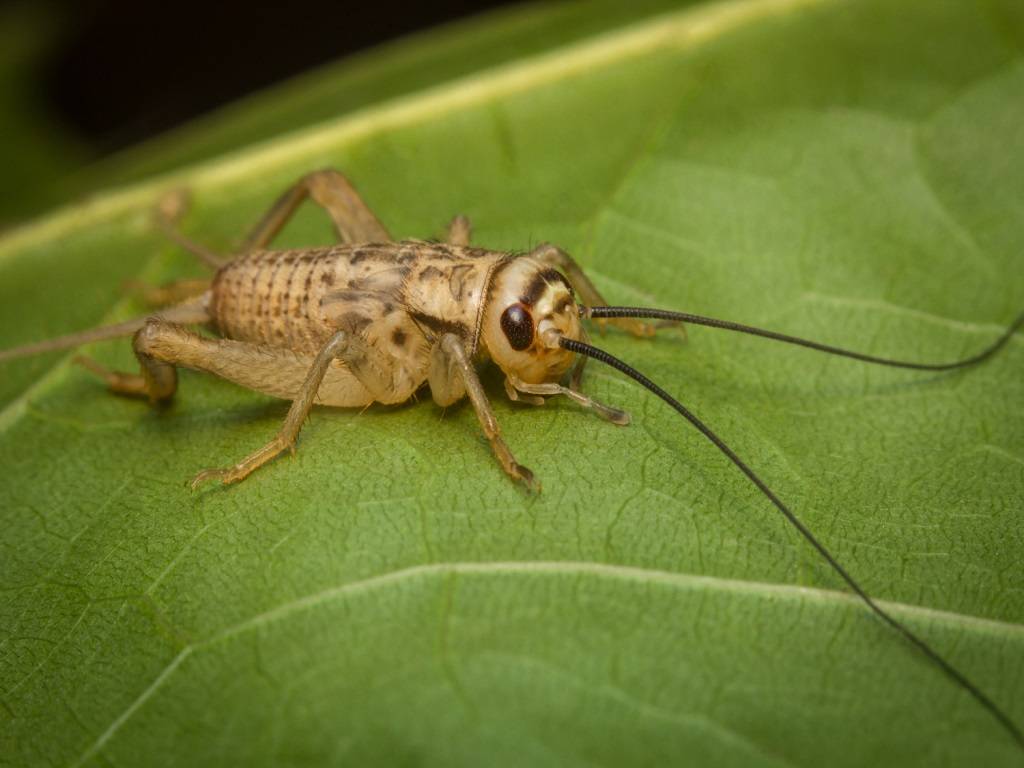
They are often heard chirping at night, and the sound is produced by the male rubbing its wings together. Crickets are omnivores, eating both plants and small invertebrates.
Cricket cultivation is the practice of raising crickets for use as food or animal feed. This can be done on a small scale for personal use, or on a larger scale for commercial purposes.
Crickets are high in protein and other nutrients, making them a nutritious and sustainable source of food. They can be raised in a variety of environments, including indoors, in specially designed cricket farms. The practice of cricket cultivation is gaining popularity as a way to provide a sustainable source of protein for human and animal consumption.
Cricket Farming in India
Here are some ways to start Cricket Farming in India:
1. Research the local regulations and requirements for starting a cricket farm. This may include obtaining necessary permits and licenses, as well as adhering to specific guidelines for housing and caring for the crickets.
2. Select a suitable location for the cricket farm, taking into consideration factors such as climate, access to water and food sources, and proximity to potential customers.
3. Design and construct appropriate housing for the crickets, such as mesh cages or plastic containers. Ensure that the housing is properly ventilated and provides adequate space for the crickets to move and feed.
4. Purchase or breed high-quality crickets, either from a reputable supplier or by starting with a small number of crickets and allowing them to reproduce on their own.
5. Establish a regular feeding and watering schedule for the crickets, providing them with a balanced diet of nutritious foods such as vegetable scraps, fruits, and commercially available cricket feed.
6. Monitor the crickets regularly to ensure that they are healthy and thriving. This may include checking for signs of illness or infestation, and making adjustments to the environment as needed.
7. Harvest the crickets when they reach the desired size, using humane methods such as freezing or CO2 asphyxiation.
8. Process the crickets for sale, either by freezing or dehydrating them, and packaging them for distribution to customers.
9. Develop a marketing plan to promote and sell the crickets, either through online platforms, local markets, or wholesale distributors.
10. Continue to monitor and maintain the cricket farm to ensure ongoing success, including regular cleaning and maintenance of the housing, and continuing to provide high-quality care for the crickets.
Benefits of Cricket Farming
Cricket farming in India has several benefits, including:
1. Nutritious food source: Crickets are a rich source of protein, vitamins, and minerals, providing essential nutrients for human consumption.
2. Sustainable and eco-friendly: Cricket farming has a low environmental impact and requires minimal resources, such as water and land, compared to traditional livestock farming.
3. Employment opportunities: Cricket farming provides employment opportunities for farmers, especially in rural areas, where there is a lack of employment options.
4. Low cost of production: Cricket farming has a low cost of production, making it a viable and profitable business venture for farmers.
5. Exports: India has a large potential for exporting crickets to other countries, which can help boost the country's economy.
















